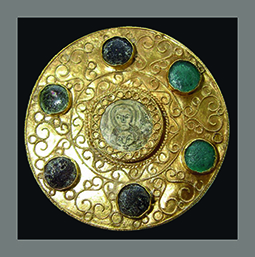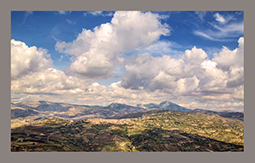 download article as .pdf: Il cosiddetto macellum-forum di Durazzo: nuovi dati sulla costruzione di uno spazio circolare
download article as .pdf: Il cosiddetto macellum-forum di Durazzo: nuovi dati sulla costruzione di uno spazio circolare
.
Centrally located inside the perimeter of the ancient city walls of Dyrrhachium, the remains of the so-called macellum-forum today form one of the major archaeological sites of the modern Albanian town of Durres. Probably erected as a commercial square between the end of the 5th and the first few decades of the 6th century AD, this building is characterized by a large circular courtyard that, due to its construction peculiarities, has often been compared to the plan of the more imposing Forum Constantini. Despite the undisputed historical value of this particular complex, the structure’s precarious state of preservation, the absence of an accurate archaeologically-based model of its architecture, the degradation of its urban context, and arbitrary restorations hinder a clear reading of the building, whose structures and construction details are only partially published. The aim of the present study is thus to fill the lacunae in the existing studies and graphic documentation of the Durres macellum-forum, starting with a comprehensive re-examination of the bibliography and a careful analysis of its structural marble elements and the surviving masonry, supported by a new detailed model of the building’s plan and elevations. The analysis has made it possible to obtain important data not only to form a clearer picture of what must have been the architectural image of this exceptional late antique monument but also for a better understanding of the principal phases of the complex construction and of the building techniques adopted onsite by the ancient craftsmen.




